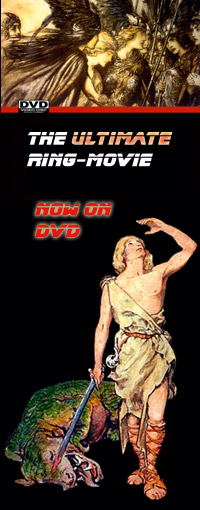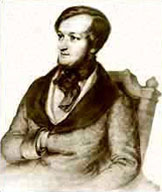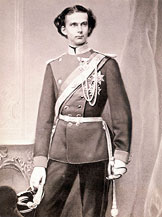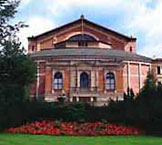![]()

![]()
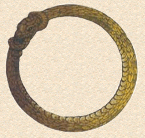
|
opera online sitemap |
||
His formal music training was brief - about 6 months in 1831-32 with the Leipzig cantor C.T. Weinlig. During the 1830s, Wagner held a series of conducting posts with small theatrical companies, and he wrote two operas, Die Feen (The Fairies, 1834) and Das Liebesverbot (Forbidden Love; after Shakespeare's Measure for Measure); His third opera, Rienzi, was conceived on a larger scale, and Wagner travelled to Paris in 1839 with the futile hope of having it performed there. Rienzi was finally accepted for performance in Dresden in 1842. Its success, coupled with that of Der fliegende Holländer (The Flying Dutchman) the following year, led to Wagner's appointment to an official conducting post in Dresden. There he completed Tannhäuser (1845) and Lohengrin (1848). This period of success ended in 1849, however, when his participation in revolutionary political activities forced him to flee to Switzerland. Wagner's exile from Germany, which lasted until 1860, marks the start of a new period in his career. Wagner
began composing the non-conventional opera-cycle Der Ring des
Nibelungen (THE RING OF THE NIBELUNG) in 1848 and did not finish
until 1874.
Following Wagner's death on Feb. 13, 1883, control of the Bayreuth festival passed to his second wife, Cosima (a daughter of Franz Liszt), and later to their children and grandchildren, a succession that has continued to the present. The
use of legendary sources and the gradual reduction in contrast between
aria and recitative in these operas anticipate the new music drama
that Wagner was to propose in the treatises written about 1850.
The guiding principles of his theory were naturalism and dramatic
truth, which he felt had been compromised by the musical conventions
of contemporary opera.
Wagner called these motifs Grundthemen, but they have become better known as leitmotifs ("leading motifs"). This
theoretical music drama was exemplified in its purest form in "Der
Ring des Nibelungen". |
|||||||||


